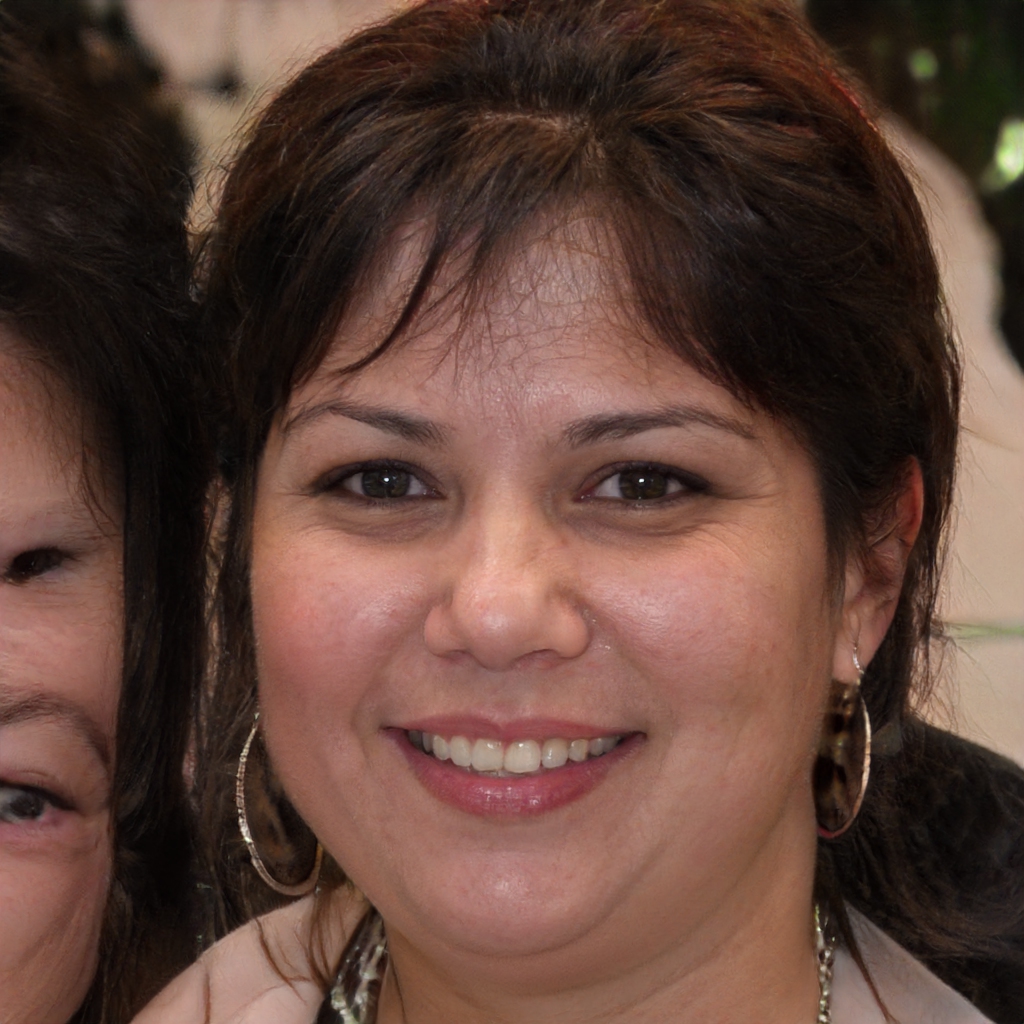Life-cycle cost analysis (LCCA) is a method of economic analysis that attempts to identify the total cost of ownership of a product or system. It is commonly used in the business world to compare the cost of different products or systems. LCCA takes into account all costs associated with a product or system over its entire life cycle, including initial costs, ongoing costs, and eventual disposal costs.
How does LCCA relate to LCA?
LCCA is a specific type of LCA that is used to assess the environmental impact of a product or service over its entire life cycle. LCCA takes into account all of the resources required to produce a product or service, including raw materials, energy, water, and emissions. It also takes into account the disposal or recycling of the product or service at the end of its life.
The main difference between LCCA and LCA is that LCCA focuses on the environmental impact of a product or service, while LCA focuses on the social and economic impact. LCCA is a more holistic approach that considers all aspects of a product or service, while LCA is more narrowly focused.
What six things are accounted for in a life cycle cost analysis?
The six things that are accounted for in a life cycle cost analysis are:
1. The initial cost of the project
2. The costs of any modifications or upgrades that are required over the life of the project
3. The costs of operation and maintenance of the project
4. The costs of decommissioning and disposal of the project
5. The costs of any risk mitigation measures that are taken
6. The costs of any financial instruments that are used to finance the project
What is a life cycle cost model?
A life cycle cost model is a tool used to estimate the total cost of ownership (TCO) of a product or system over its lifespan. TCO encompasses all costs associated with acquiring, operating, and disposing of a product or system, including initial investment (e.g. purchase price), ongoing costs (e.g. maintenance, repairs, replacement parts), and end-of-life costs (e.g. disposal or recycling). Life cycle cost models can be used to compare the TCO of different products or systems, and to assess the financial viability of investing in a particular product or system.
There are several different methods for calculating TCO, but the most common approach is to discount all future costs back to present value, using a discount rate that reflects the opportunity cost of capital. This allows for a apples-to-apples comparison of the total cost of different products or systems over their lifespan.
There are a number of factors to consider when developing a life cycle cost model, including:
- The expected lifespan of the product or system
- The expected usage and operating conditions
- The costs of acquisition, operation, and disposal
- The discount rate used to discount future costs back to present value
Life cycle cost models can be used for a variety of purposes, including:
- Comparing the TCO of different products or systems
- Assessing the financial viability of investing in a particular product or system
What is a LCC explain the phases of LCC?
A LCC, or life cycle costing, is a methodology used to determine the total cost of ownership (TCO) of a product or system over its entire life cycle. The life cycle of a product or system includes all phases from its inception to its disposal. The TCO of a product or system includes all costs associated with its acquisition, operation, maintenance, and disposal.
There are four main phases in a LCC analysis:
1. Planning and design: This phase includes all activities associated with the planning and design of the product or system. This includes costs such as research and development, engineering, and testing.
2. Acquisition: This phase includes all activities associated with the acquisition of the product or system. This includes costs such as procurement, installation, and training.
3. Operation: This phase includes all activities associated with the operation of the product or system. This includes costs such as maintenance, support, and repair.
4. Disposal: This phase includes all activities associated with the disposal of the product or system. This includes costs such as recycling and landfill.
